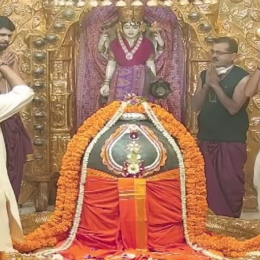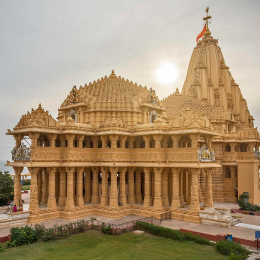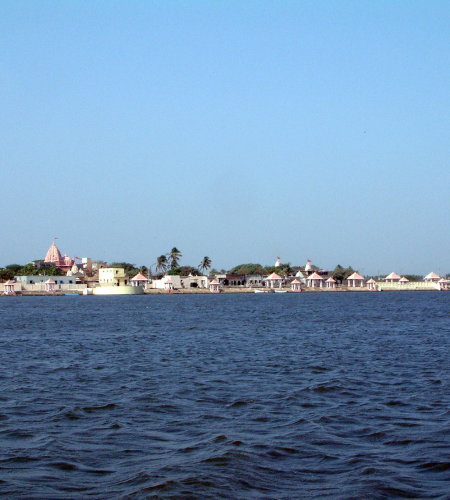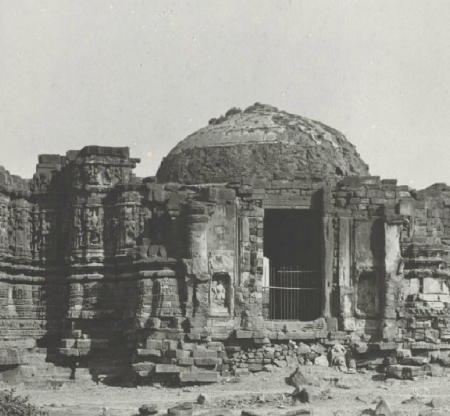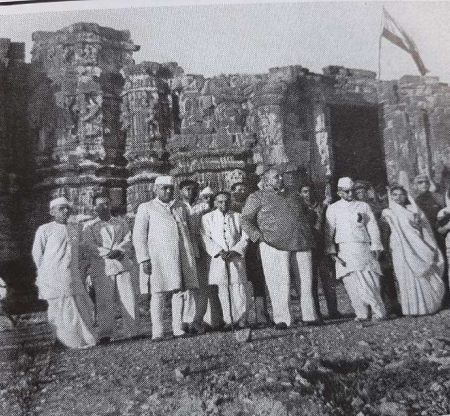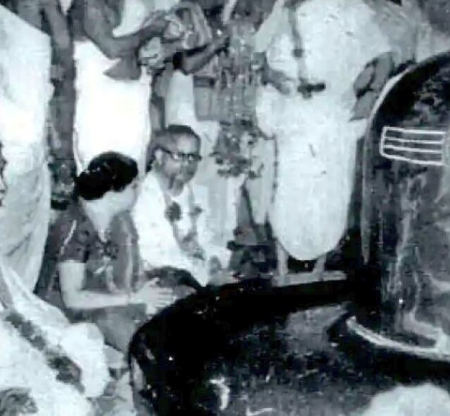Core Story
According to ancient lore, Chandra(The Moon God) participate into a matrimonial alliance with the 27 daughters. Legend holds that the original Somnath temple was constructed with gold by the Moon God during the Satya Yuga. In the Treta Yuga, it was rebuilt by Ravana using silver, and in the Dwapara Yuga, Lord Krishna reconstructed it using sandalwood.
Throughout history, the temple has faced numerous invasions and destruction by various conquerors. Mahmud of Ghazni (1024), Afzal Khan, commander of Ala-ud-din Khilji (1296), Muzaffar Shah (1375), Mahmud Begada (1451), and Aurangzeb (1665) are among those responsible for looting and demolishing the temple.
Several rulers and kings undertook the task of rebuilding the temple. Shri Vikramaditya of Ujjaini did so approximately 2500 years ago. The Vallabhi kings contributed to its restoration between 480 and 767 CE.
Bhimadeva of Anhilawada reconstructed it in the 11th century AD, while Khangara, the king of Junagadh, did so in 1351 AD. These are just a few examples, as the temple has been reconstructed approximately 17 times throughout its history.
The modern structure of the temple, made of sandstone, was erected by India's former deputy Prime Minister, Sardar Vallabhai Patel, between 1947 and 1951.
